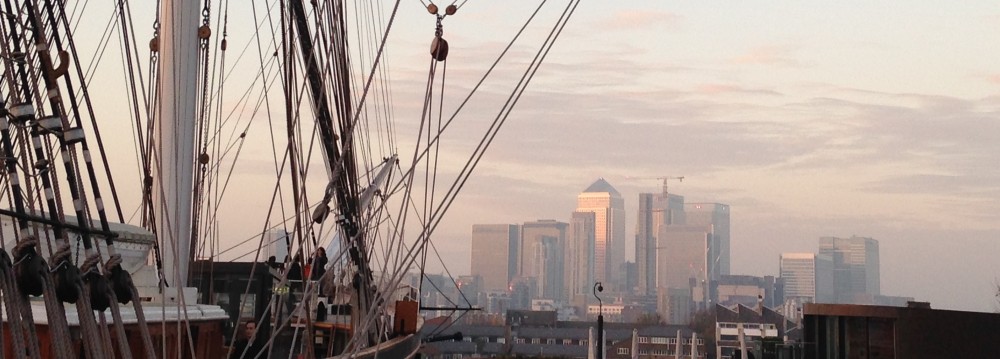Are lies a political reality?
In a sign of the times, on 10 September 2016, the Economist published a lead article entitled the “Art of the lie“. Taking stock of the level of political discourse in the United States’ presidential election season and the United Kingdom’s Brexit debates, the Economist sums up the situation as a time of “post-truth politics”. In this era, the emphasis is on feelings and reinforcement of prejudices rather than facts. Assertions of what one feels should be true replace reality. Lies have become a more important feature of the political scene.
This distortion of reality is not a trivial matter, especially when it is manifest in leaders of nations. Incorrect information is a threat to the quest for truth and knowledge. But, the damage does not stop with impairment to one’s understanding of reality.
Promises, promises
A review of the academic literature on campaign promises posted on the web site FiveThirtyEight found that in fact politicians do behave in a consequent manner. In a majority of instances, once elected they do strive to attain their promised objectives. Politicians in the United States act to deliver on about two-thirds of their promises. In the United Kingdom, governments control both the legislative and executive branches (ie, a parliamentary system). There, the rate of follow through is more than 80%. Similar patterns were found in countries as diverse as Canada, Greece or the Netherlands.
False perceptions of reality can have tangible impacts in the direction of government. This poses risks to the economy, education, health, security and the other domains covered in public policy. Whether in democracies or authoritarian governments, it is not in the public interest for governments to set off in a wrong-headed direction. Real damage is done.
Bad choices
A recent essay by the Harvard economist Ricardo Hausmann, Through the Venezuelan Looking Glass, assesses why it is that nations engage in such self-defeating behaviour. In a nutshell, he points to dysfunctional belief systems.
Significant portions of a society may align on sets of beliefs that are not in line with reality. They do not reflect the facts. Damaging political decisions may follow. Hausmann cites the example of the Salem witch trials (1692-1693). He notes that if one believes in the Devil and thinks that Satan can take over women’s souls, then it may be reasonable public policy to hang those accused of witchcraft. On the other hand, in reality, such policy is incomprehensible to most folks.
Just the facts
As Hausmann puts it, “Politics is about the representation and evolution of alternative belief systems.” In setting the priorities for a society, there are a range of reasonable competing possibilities. There is ample room for debate on different options and approaches to improving our welfare. While science has a clear role to play, there is also a subjective element and preferences may vary among people. But, if the starting point is not even based in reality, then it becomes more difficult to make a viable choice and achieve tangible progress. Indeed, it can all end quite badly. One need look no further than the witches of Salem.














